- Different types of cookware and their effects on health
- A sneak preview of Cast iron w.r.t. its health impact
- A sneak preview of Stainless Steel w.r.t. its health impact
- A sneak preview of Ceramic w.r.t. its health impact
- A sneak preview of Non stick w.r.t. its health impact
- Conclusion
- Safety tips
Different types of cookware and their effects on health:
- Cast Iron
- Stainless steel
- Ceramic
- Non Stick
100% natural: Cast iron cookware is made out of an alloy of carbon and iron. Cast iron uses no other additives or toxic substances.
Naturally non-stick: A pre seasoned cast iron pan is naturally non-stick, you can easily replace non-stick pans and use this healthier alternative, consuming less cooking fat in the process.
Incredibly versatile: A wide variety of cast iron items allows you to make just about anything in them. They're oven, and stovetop-safe, let's you explore indoor grilling and some varieties even work on induction cooktops.
Please visit Meyer Cast Iron Range here
A sneak preview of Stainless Steel w.r.t. Its health impact:
- Stainless steel - the old reliable staple in many kitchens. No doubt it's very popular amongst all people. It is an alloy containing chromium that is particularly resistant to tarnishing and rust.
- Stainless steel is not only a top-quality and durable metal, it is also the safest option for use in your home. Stainless steel emits no toxins and does not react with ingredients. You can enjoy all the lovely vitamins, flavors and textures that your stainless-steel cookware brings out as you cook. What’s more, these pots and pans are so easy to clean and nothing will stick to the surface for the next meal.
Please visit Meyer Nickel Free Stainless Steel Range here
A sneak preview of Ceramic w.r.t. Its health impact:
Please visit Meyer Ceramic Range here
A sneak preview of Non stick w.r.t. Its health impact:
- Nonstick pots are a dieter’s delight. They enable you to cook without added fat.
- Nonstick surfaces are made of plastic (polytetrafluoroethylene to be exact) plus hardeners. As long as the surface is unscratched and intact, the nonstick surface does not react with food.
- Taking good care of non-stick pans can help keep your kitchen safe. It's really important that you use the pans on low-to-medium heat, and you don't use utensils that will scratch it.
Please visit Meyer Non-Stick Range here
Conclusion:
When we think of a healthy lifestyle, the first thing that we should start with is healthy cooking and healthy cooking starts with healthy cookware. Every metal has its own pros and cons. The ideal way to cook is to choose the perfect cookware as per the recipe. The bottom line is that your cookware is as important as the ingredients used to prepare food and it is one of the major factors that contributes towards having a healthy body and mind. In order to derive maximum benefit from the cookware and ensure that it is having a positive impact on our health, following are some of the safety tips:
Safety tips
Here are some food safety tips for cooking with any kind of cookware. These tips will minimize your exposure to any metals or materials that could be carried from your stove to your table.
- Don’t store food in the pots or pans where you’ve cooked it, unless you’re using glass or stone bakeware.
- Avoid using metal and hard utensils when you use your cookware, as they can scratch and compromise the surface of your pots and pans.
- Minimize the amount of time your food is in contact with metals from pots and pans.
- Use a small amount of lubricant, such as olive oil or coconut oil, with any type of cookware, to minimize the amount of invisible metal that sticks to your food.
- Clean pots and pans thoroughly after each use.
- Replace cookware made of aluminum or nonstick every 2 to 3 years or when gouges or scratches in the coating happen.
For healthy cooking, use Meyer cookware which has no PTFE, PFOA or BPA that might leach into your food and add magic to your cooking. Please visit Meyer Cookware Range here..

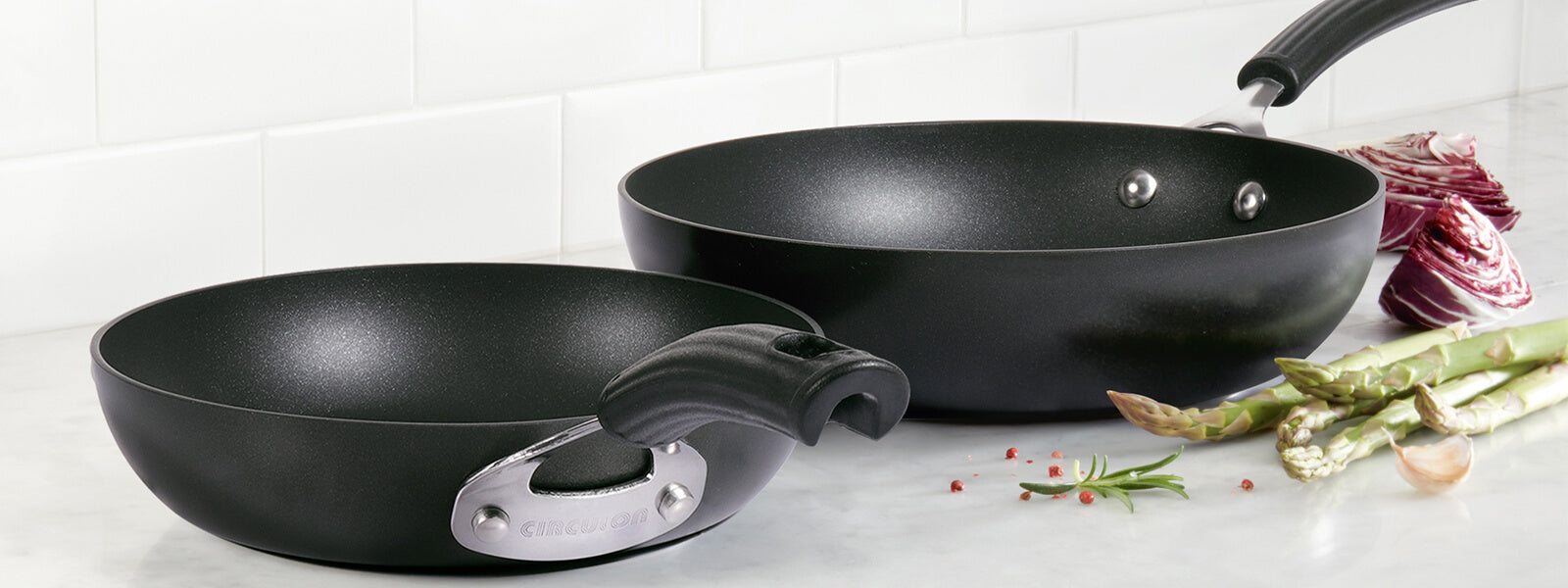
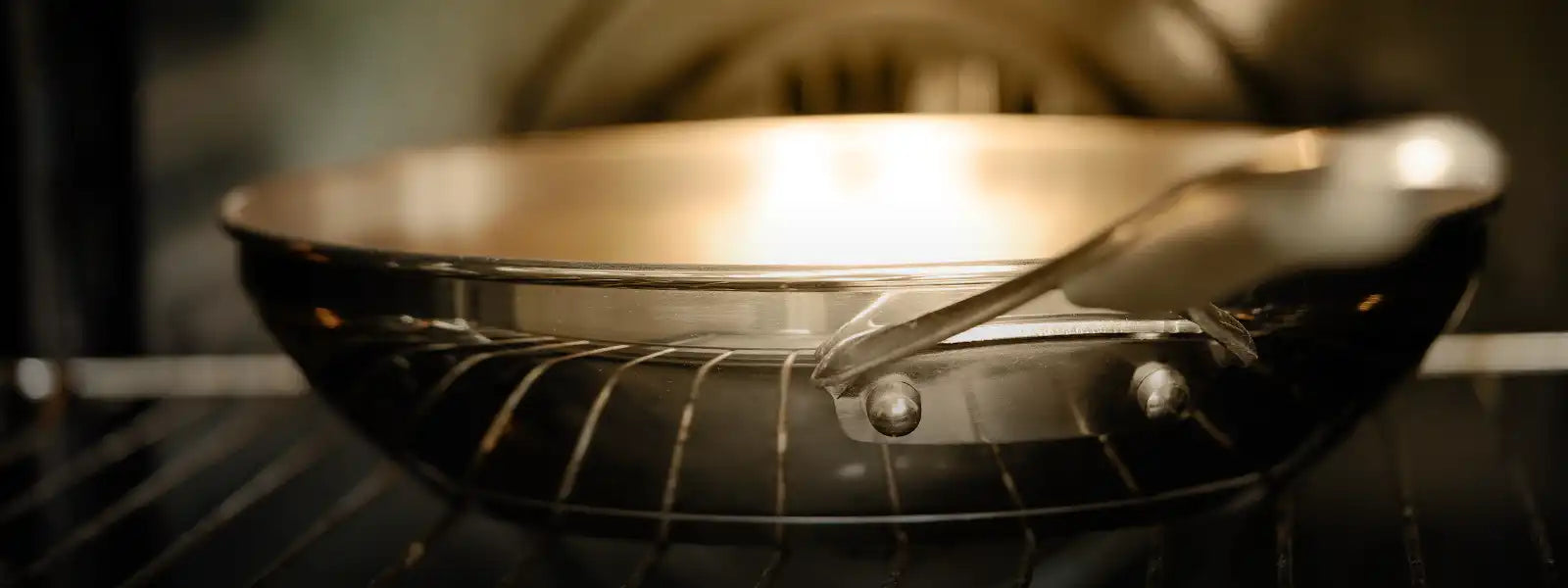
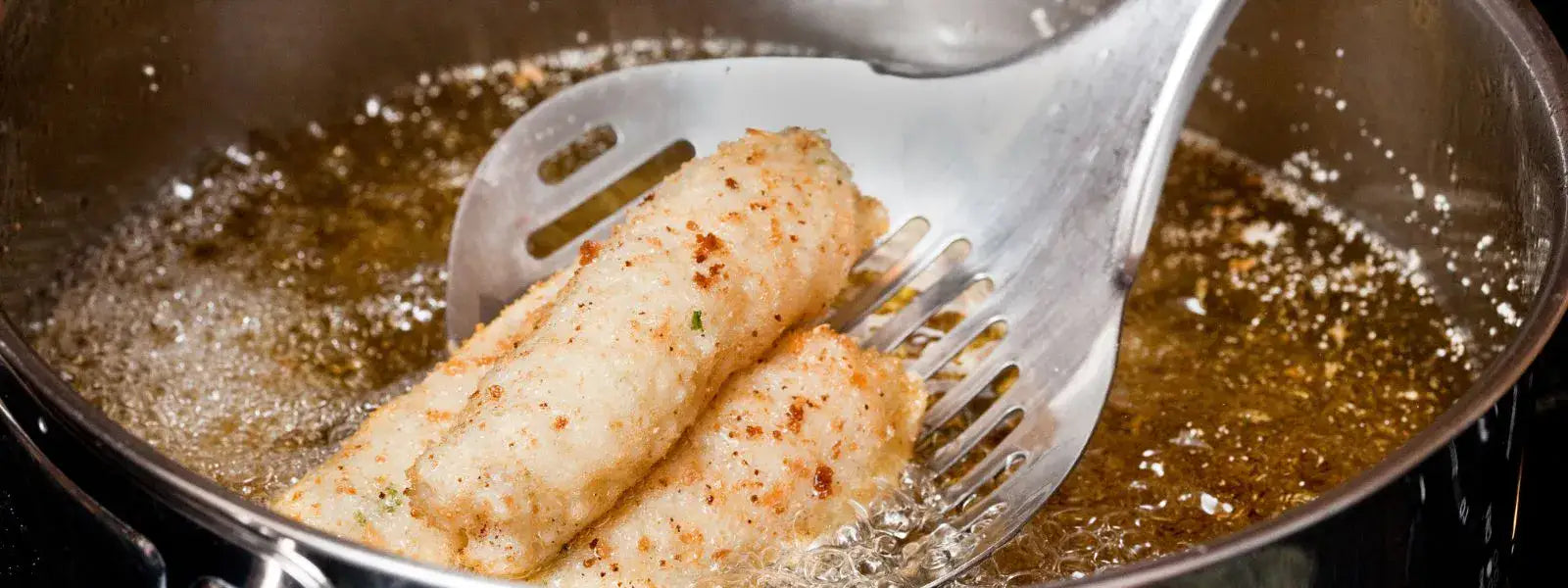
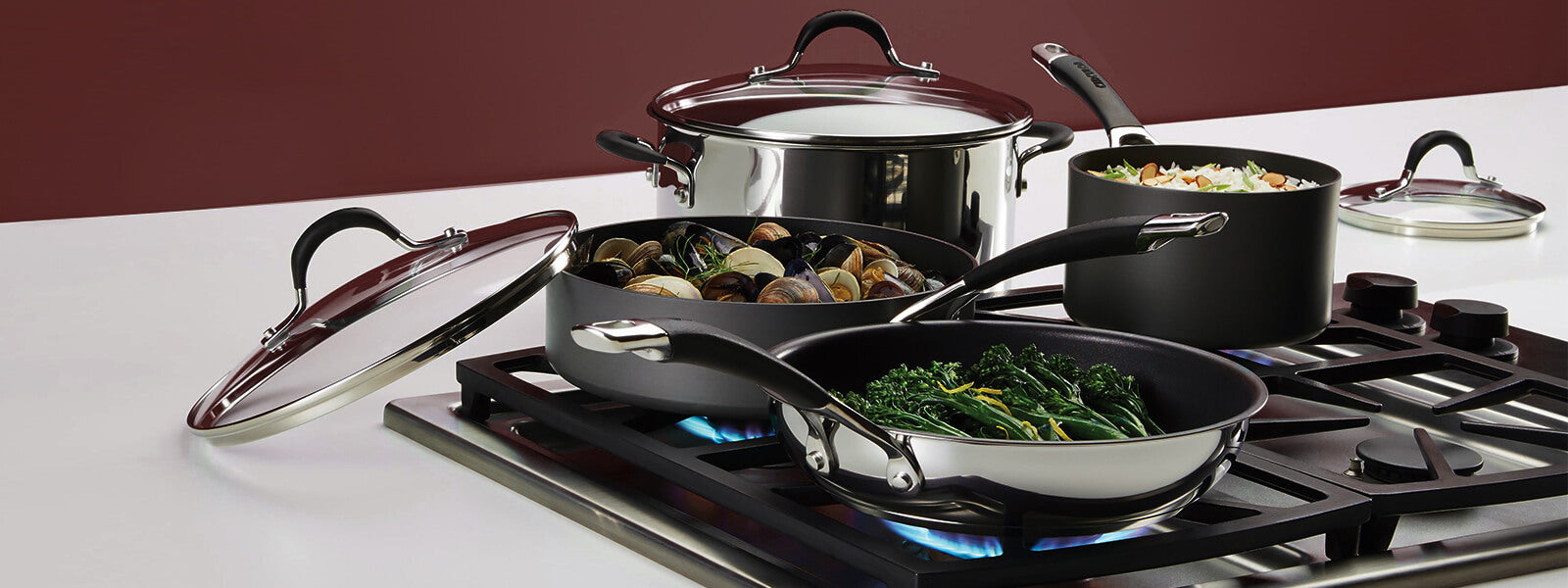
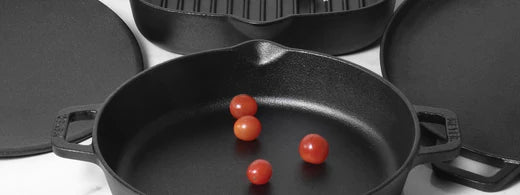
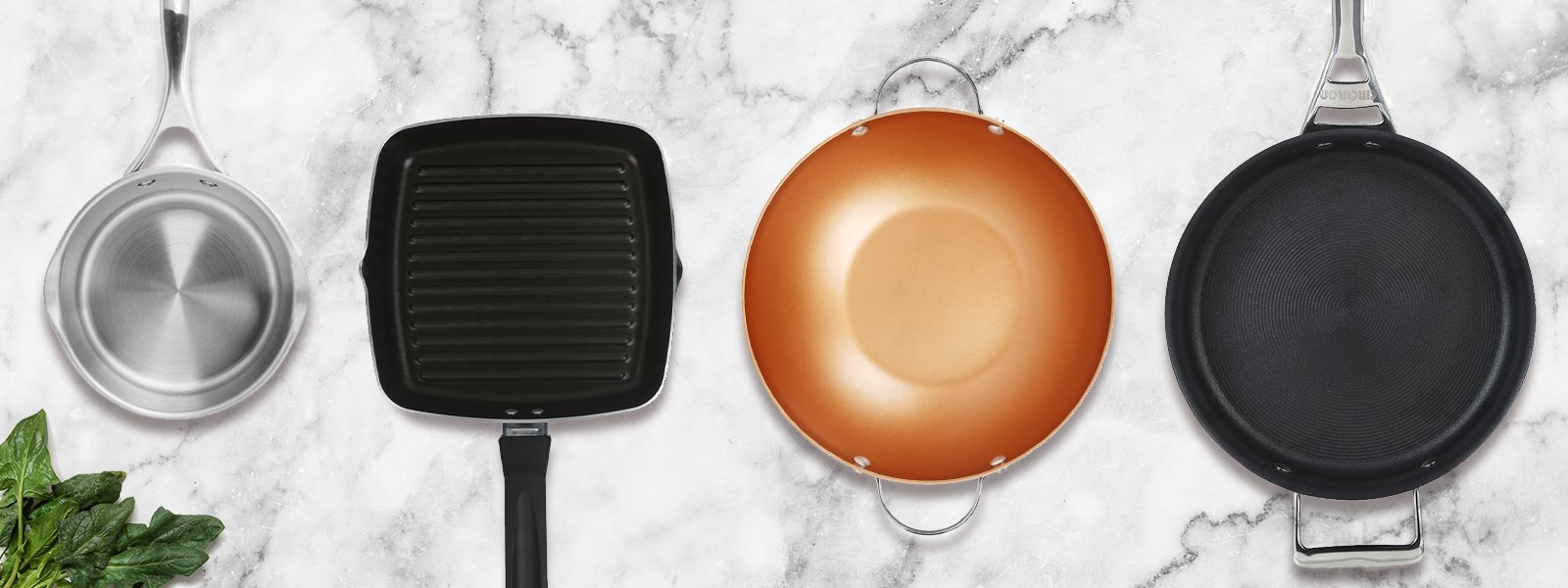
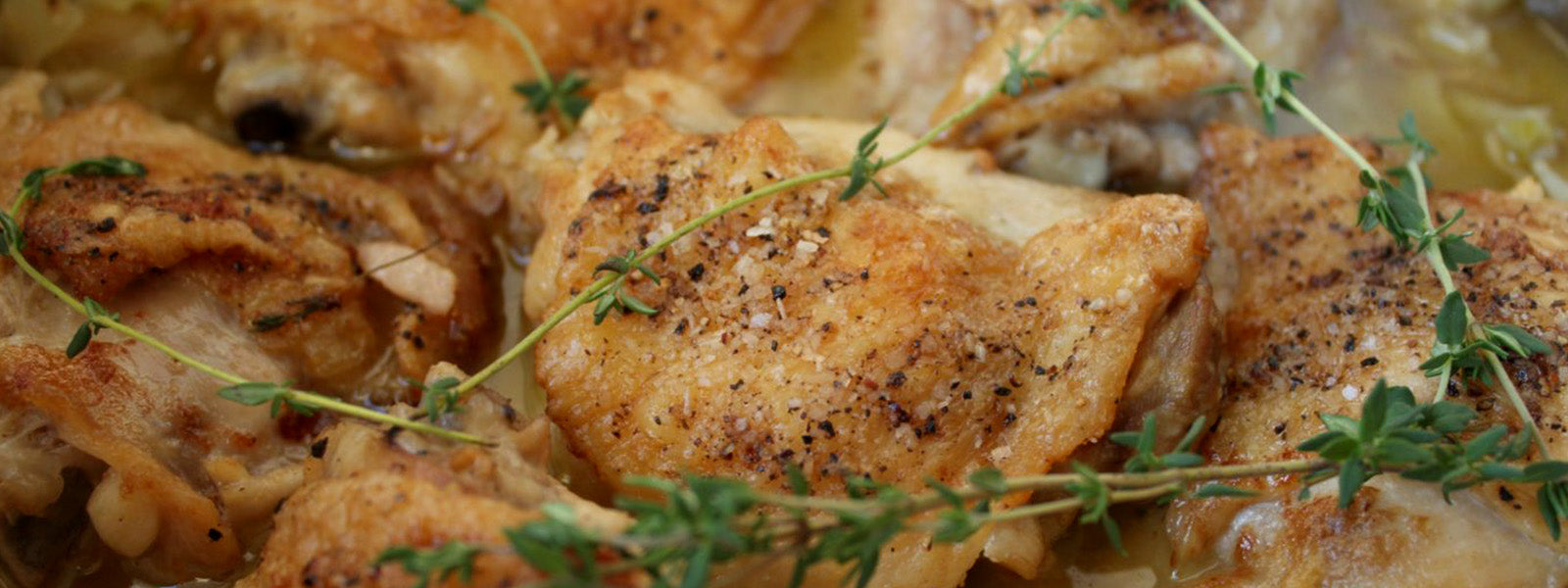
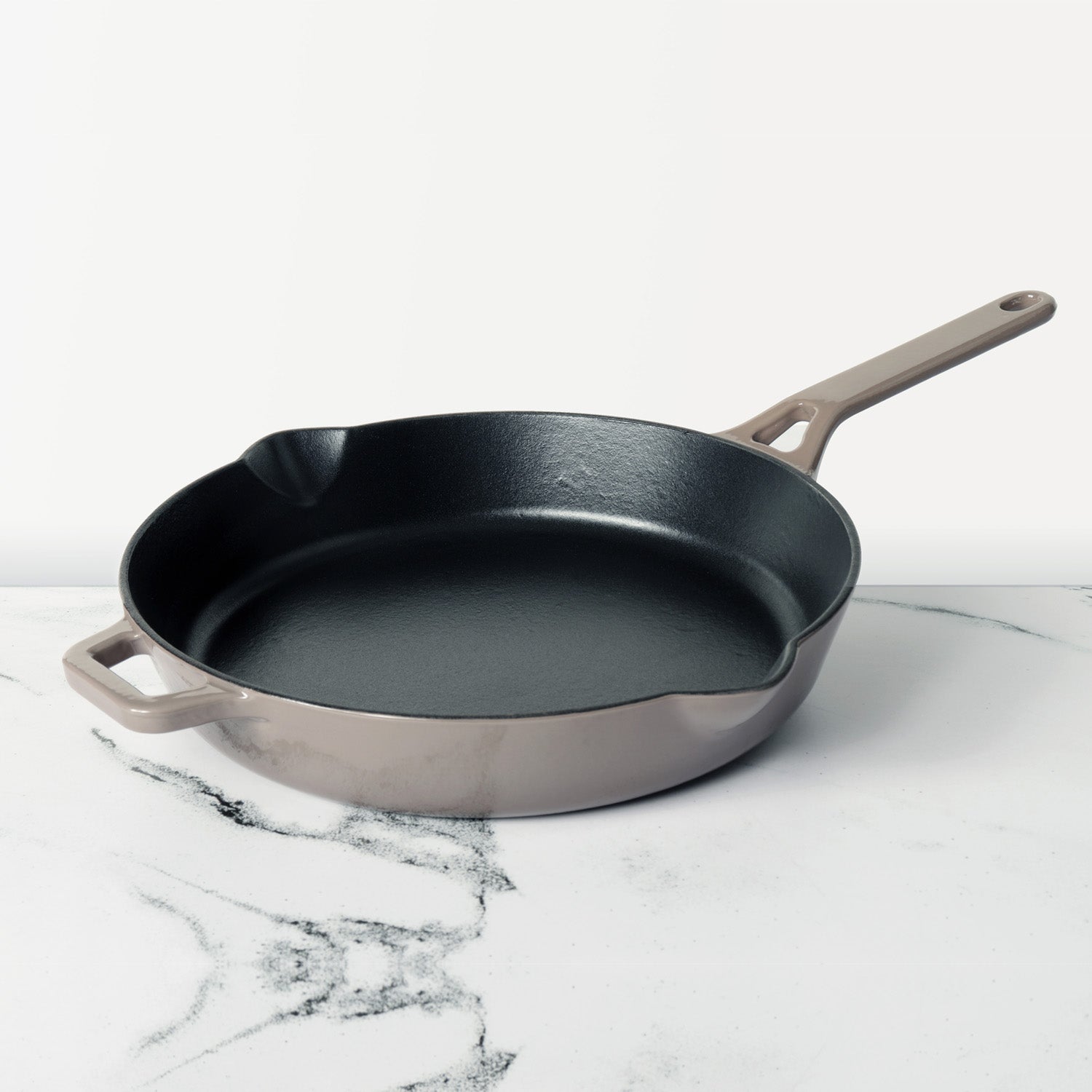
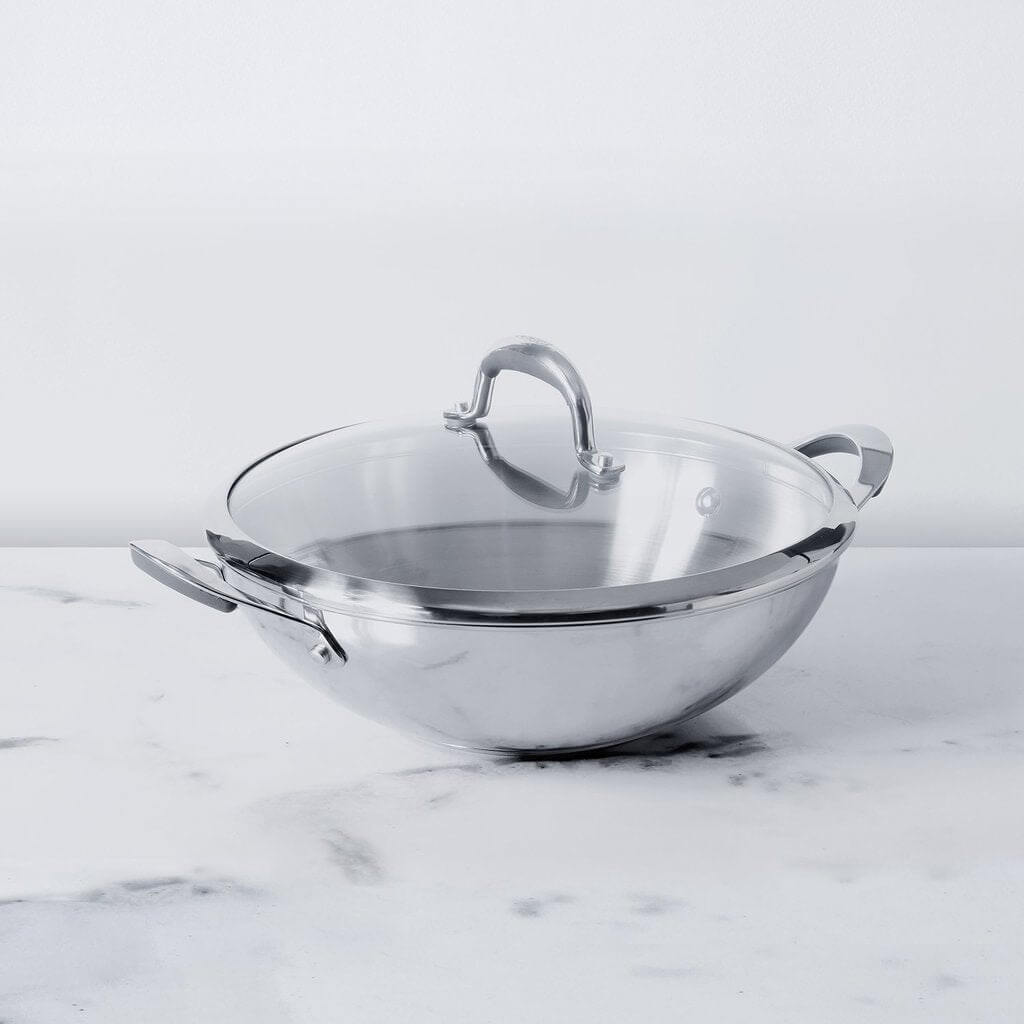




Leave a comment